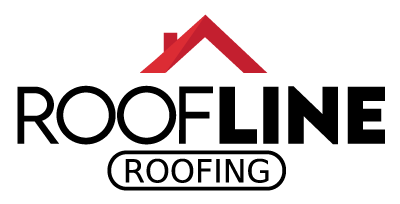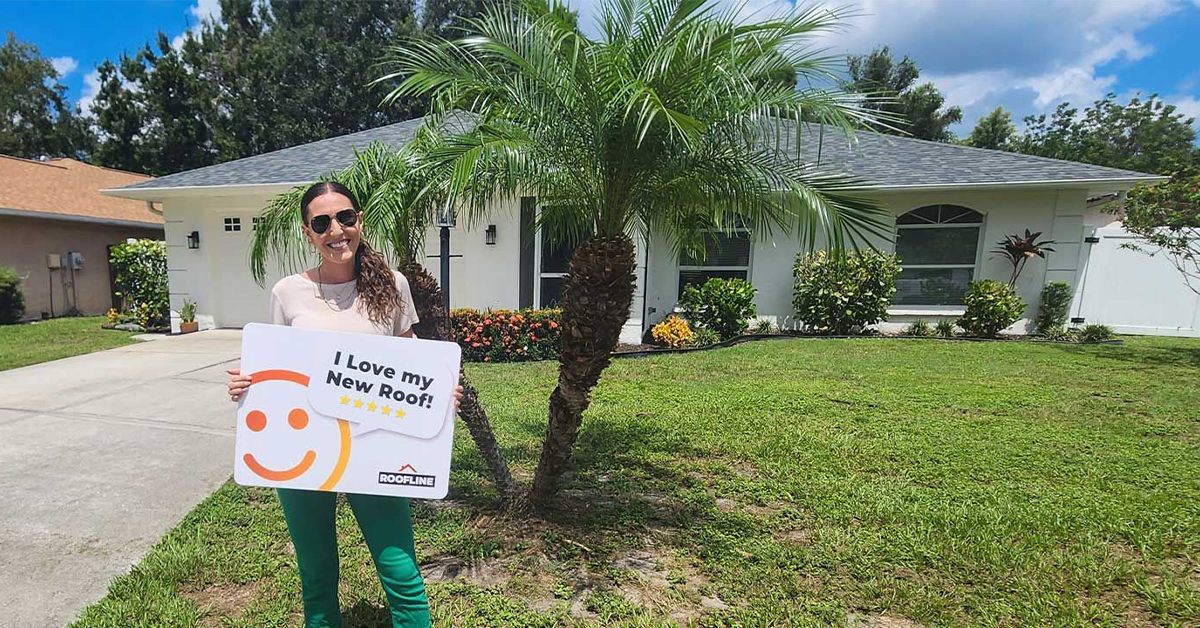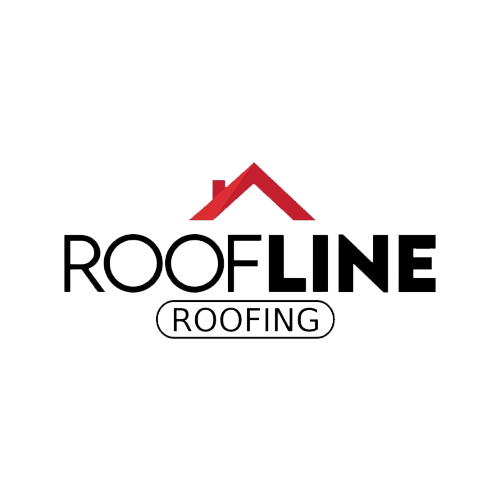
When hurricanes loom on the horizon, the resilience of your roof becomes a top priority. Proactively assessing and reinforcing your roofing system is indispensable for homeowners in South Florida. The hurricane season doesn’t just threaten the physical structure but also tests the mettle of those responsible for safeguarding it. This guide lays out actionable steps to prepare your roof for extreme weather, offering a roadmap to identify vulnerabilities and implement effective defenses against nature’s fury.
For residents and commercial property managers in areas like Palmetto and Osprey, understanding your roof’s current condition and potential weaknesses can make a significant difference in damage prevention and repair costs. By leveraging expert insights and preventative measures, you ensure that your roof remains a stronghold against unpredictable storm patterns while simultaneously prolonging its lifespan. Engaging with professional roofing assessments and instituting strategic reinforcements not only secure the immediate safety of your property but also fortify it for future seasons, minimizing both emotional and financial stress.
Pre-Season Inspection: Pinpointing Vulnerabilities
You don’t need to wait for storm clouds to gather before thinking about your roof’s health. Conducting a pre-season inspection can make a world of difference, especially in regions like South Florida where hurricanes are a frequent threat. Let’s delve into how a thorough inspection, particularly a hurricane roof inspection in Palmetto, can pinpoint vulnerabilities and fortify your roof against destructive storms.
Every year, Florida homeowners experience the fury of hurricane season, which officially starts June 1st. With unpredictable wind speeds and heavy rainfall, roofs in Palmetto must be thoroughly inspected before the season begins. Indeed, the roof is your first line of defense against storm damage, and regular maintenance can prevent catastrophic failures. The first step to protecting your property is identifying potential weaknesses.
An inspection shores up several critical aspects. Start by checking the flashing, which plays an integral role in directing water away from vulnerable areas, such as chimneys, skylights, and ventilation pipes. Over time, flashing can deteriorate or become dislodged, leading to possible leaks. Ensure it’s intact and firmly sealed. According to a report from the Insurance Institute for Business & Home Safety, water damage resulting from compromised flashing is among the leading causes of roof failure during storms.
Next, examine your roof for missing, cracked, or curled shingles. These are signs of wear-and-tear and could indicate more significant issues like underlying water damage or mold. The National Roofing Contractors Association states that even a few damaged shingles can weaken your roof’s ability to withstand high winds. Ensure shingles or tiles are securely fastened, using sealants if necessary for extra reinforcement.
Gutters and downspouts may not be directly part of the roof’s structure, but their role is undeniable. They must be free of debris and properly fixed to prevent water from pooling and overflowing. Pooling water near the foundation not only causes erosion but can lead to water seeping into basements or crawl spaces, introducing moisture that invites mold growth.
Consider the trees around your property. Low-hanging branches can be hazardous during a hurricane. Trim back any limbs that are too close to your roof to prevent them from scraping against the surface or crashing down during high wind conditions. This simple action can minimize potential damage and reduce debris accumulation post-storm.
For those managing commercial properties, you face similar concerns, albeit on a larger scale. Inspect the roof’s membrane, looking for blisters, punctures, and areas of ponding water. These issues are prevalent in flat roofing systems, common in commercial buildings, and can lead to premature failing under storm conditions when left unchecked.
It’s also prudent to assess the age of your roof. Most roofing materials have a lifespan ranging from 20 to 50 years, depending on the material used. Older roofs, even if they appear in fair condition, might not have the structural integrity required to resist a hurricane’s forces. This could be the right time to evaluate the need for a roofing overhaul or enhancements, such as hurricane straps, for added resilience.
Building relationships with roofing professionals offers an advantage. Experts conducting hurricane roof inspections in Palmetto have localized knowledge about weather patterns and material performance, adding tremendous value to pre-season assessments. They can provide insight that isn’t immediately obvious to the untrained eye, including infrared scans to detect moisture accumulation under the roof surface.
Incorporating a pre-season inspection as part of your routine can protect your investment, save money on costly repairs, and, most importantly, safeguard your home or business. Regular checks play a pivotal role in maintaining your roof’s overall health, enabling it to withstand severe weather better and last longer. By pinpointing vulnerabilities before they escalate into significant problems, you not only secure your property but also bring peace of mind as each new season approaches.
Reinforcement Tips: Strengthening Your Roof’s Defense
When it comes to enhancing your roof’s ability to withstand the elements, proactive reinforcement strategies can provide peace of mind. These practical steps will help bolster your roof’s defenses, ensuring minimal damage even during the most intense storms.
Consider installing hurricane clips or straps. These should be a top priority in hurricane-prone areas like Osprey. Designed to connect the roof to the walls more securely, these little metal components can significantly improve your roof’s durability against strong winds. Many studies, including research by the Federal Alliance for Safe Homes (FLASH), have demonstrated their potential to reduce roof failure dramatically. While it might seem a daunting task for the average homeowner, licensed contractors in South Florida are well-versed in fittings such as these, making it a worthwhile investment.
Reinforcing roof trusses and rafters is another critical step. Strengthening these structural elements can fortify your roof against uplift forces that accompany hurricane winds. To achieve this, you can undertake a process called “blocking,” which involves installing additional wooden boards to provide extra support between trusses or rafters. By reinforcing these junctions, you effectively reduce the chances of structural compromise during intense gusts. This technique is best performed by roofing professionals, but understanding its significance encourages informed discussions with your contractor.
Don’t underestimate the importance of a proper roof sealant. A robust sealant can act as the first barrier against water penetration. Over time, exposure to the sun’s UV rays can degrade the sealant, causing it to lose effectiveness. It’s crucial to ensure sealants around vent pipes, chimneys, and other protrusions are maintained and renewed as necessary before hurricane season. According to a study by the American Society of Civil Engineers, properly applied sealant and membrane systems can prevent up to 80% of weather-related roof leaks.
Investing in impact-resistant shingles or tiles can also play a substantial role in roof reinforcement. Manufacturers often design these materials specifically to resist hail and wind damage, making them an excellent choice for homes and businesses in hurricane-susceptible areas like Osprey. According to the Insurance Institute for Business & Home Safety, impact-resistant roofing materials can save property owners significant sums by preventing damage from debris carried by high-speed winds.
In commercial properties, particularly those with flat roofs, consider reinforcing the roof membrane with additional layers or a liquid-applied membrane. Such enhancements bolster the membrane against punctures and resist water pooling that can occur during prolonged rain. Ensuring high-performance drainage systems are in place complements these efforts by efficiently redirecting water and reducing the pressure on the building structure.
Lastly, don’t ignore your roof’s edges. Eaves, gables, and soffits should be inspected and reinforced if necessary. Wind tends to catch on these edges, potentially lifting the roof. Installing edge metal or upgrading to a drip edge system can provide extra stability. Metal edging not only secures the roofing material but also directs water into gutters more effectively, minimizing the risk of underlying rot.
Reinforcement isn’t merely about defensive strategies; it’s also an investment in durability and longevity. As climate patterns continue to shift, the proactive reinforcement of roofing systems becomes not just beneficial but essential for homeowners and property managers seeking to avoid unexpected disaster expenditures and the emotional toll that comes with severe storm damage.
Emergency Planning: Steps to Take Post-Storm
Swift action following a storm is crucial to mitigate roof damage and ensure safety. Prioritize safety by assessing the area for hazards such as downed power lines or fallen trees. Don’t rush to inspect until it’s confirmed safe to do so. Once the property is secure, a detailed inspection of the storm’s impact on your roof is vital.
Start with a broad assessment of damage. Check the roof’s surface for missing or broken shingles, signs of damage, and debris accumulation. Even minor visible damage can lead to leaks, demanding prompt attention. If there’s significant damage to the roof’s structure or water intrusion is evident, it may be necessary to arrange a storm roof repair on Longboat Key.
Document the damage by taking clear photos and notes, which will be instrumental when filing insurance claims. Capture images from multiple angles to illustrate the extent of the damage comprehensively. Consider taking overhead shots if feasible, as these provide valuable insight into your roof’s overall condition. This documentation will serve to streamline communications with both insurance adjusters and repair professionals.
Contact your insurance company promptly. When reaching out, have your documentation ready to facilitate the claims process. Some policies require the damage to be reported within a specific timeframe, so acting swiftly is essential. Discuss what repairs are covered and get clarity on any deductible responsibilities.
Temporary repairs might be necessary until professional help arrives. Covering exposed areas with sturdy materials like tarps can prevent further water infiltration. Ensure these temporary solutions are securely fastened to withstand potential additional bad weather. However, do not attempt any temporary repairs that could compromise your safety.
Next, reach out to a trusted roofing contractor to conduct a comprehensive inspection. Roofing experts can assess the subtle and more apparent damage with a trained eye and advanced equipment such as infrared cameras to detect moisture build-up unseen by the naked eye. They can provide an accurate estimate of repair costs and the timeline required, setting expectations and planning for necessary work ahead.
Consider advocating for preventative upgrades during the repair process. Reinforcements such as hurricane straps, additional membrane layers, or impact-resistant materials can reduce the risk of severe future damage while extending your roof’s service life. Informative discussions with your roofer about these options can lead to solutions tailored precisely to the vulnerabilities exposed by the storm.
For commercial properties, understanding the potential business interruption is as critical as the physical repairs. Communicate clearly with insurance providers about business interruption policies and consider temporary relocations to avoid disruption. Your roofing contractor can offer advice and strategies for managing roofing repairs with minimal business impact.
Above all, a structured post-storm action plan minimizes chaos and financial strain. By following these steps, property owners can efficiently navigate the challenges of restoration and protect their investment from avoidable future adversities.
You might be asking
What maintenance steps should be taken before hurricane season begins?
Before hurricane season, clear debris from gutters and downspouts to facilitate proper drainage. Trim overhanging branches to prevent them from damaging the roof during high winds. Conduct a roof inspection to identify and repair loose or missing shingles, tiles, or other materials. Securely fasten loose flashing around chimneys, vents, and skylights.
How can I reinforce my roof to withstand strong winds?
Reinforce your roof by installing hurricane straps or clips to anchor it securely to the structure of your home. Consider upgrading to impact-resistant shingles or tiles. Apply a waterproof sealant to the roof’s surface to ensure it withstands heavy rain. Consult with a professional roofing contractor to evaluate the existing strengths and weaknesses of your roof and make tailored recommendations.
What should I do immediately following a hurricane to assess damage?
After a hurricane has passed, perform a visual assessment of your roof from the ground for obvious signs of damage, such as missing shingles or visible holes. For safety reasons, avoid climbing onto the roof yourself. Instead, contact a qualified roofing professional to conduct a thorough inspection. Document any visible damage with photographs for insurance claims and report significant damage to your insurance company promptly.
Next Steps
A proactive approach to maintaining your roof’s health not only shields your property against the inevitable hurricane season but also extends its lifespan. With hurricane season a reality in South Florida, a pre-season inspection is essential for uncovering hidden vulnerabilities and fortifying your defenses. Tackling these issues, whether through simple maintenance or advanced reinforcements, ensures you’re not caught off-guard when severe weather strikes. By implementing strategies such as installing hurricane clips and ensuring proper sealing, you preserve not just your roof’s structural integrity, but also peace of mind for future storm events.
Engaging with knowledgeable professionals simplifies this process, providing you with tailored solutions that go beyond basic fixes. Consider reaching out to Roofline Roofing for an expert assessment. Their free consultation service will offer precise insights into the robustness of your roof, helping you make informed decisions to meet your property’s unique needs. This focused approach not only secures your investment but also enhances safety, setting a firm foundation for resilience in face of the storms ahead.
Contact Us
Use the form below to contact us or to schedule a free consultation.
I would highly recommend Roofline Roofing for any roofing needs. As a fellow business owner, their professionalism and efficiency stood out. They provided quality service, completed the job on time, and their pricing was fair. Very satisfied with their work!
-- Logan L.




